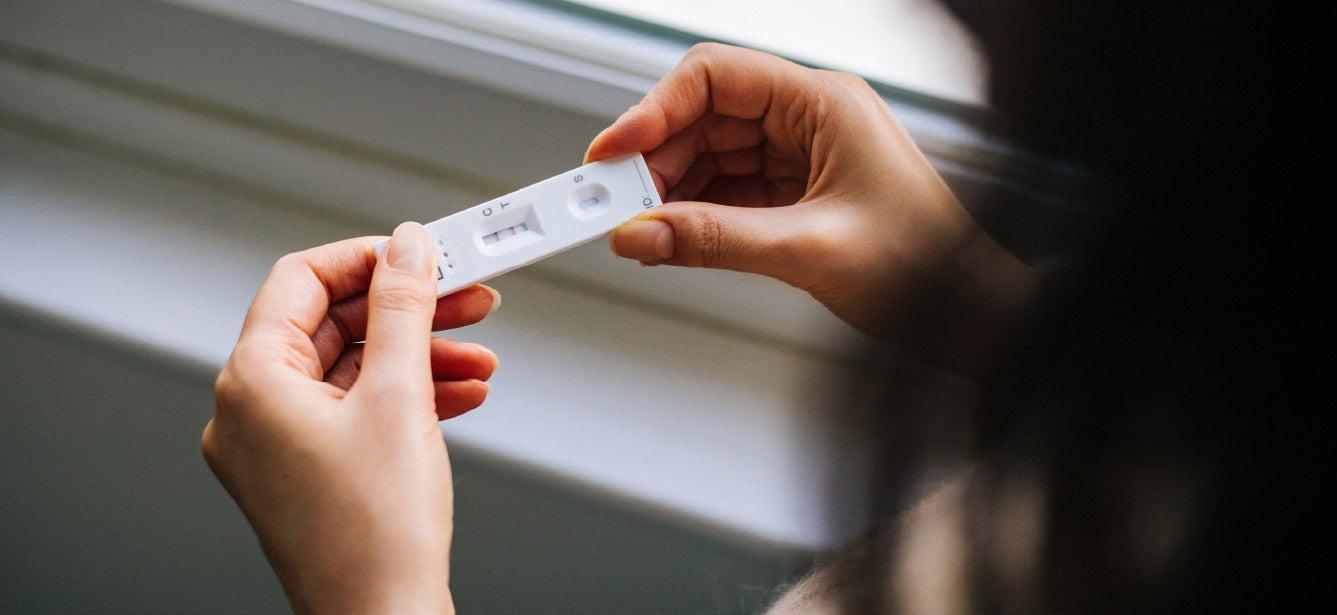
As America and the world continue to confront COVID-19, every day brings new data—sometimes alarming and sometimes hopeful—about the coronavirus.
Falling squarely into the alarming category is the first federal report by the Centers for Disease Control and Prevention (CDC) that breaks down hospitalization data by gender, race, and ethnicity.
For those of us who have worked with communities of color for decades, it came as no surprise that initial scientific data suggests African Americans are more likely to need hospital care and more likely to suffer serious health complications from COVID-19. The findings offer the first epidemiological evidence that underscores what anecdotally many have been saying.
While African Americans make up 14% of the overall population, their representation in rates of hospitalization and death is significantly higher for COVID-19. While the individuals in the CDC study were 18% Black and 14% Hispanic, among the 580 hospitalized patients whose race or ethnicity was identified, 33% were Black and 8% were Hispanic.
These numbers square with data released by cities such as Chicago where Blacks make up roughly 33% of the population but accounted for almost 75% of COVID-19 deaths.
The numbers are equally grim and lopsided in Louisiana, the Carolinas, and Michigan. A recent article from the Washington Post reports counties with a majority Black population have three times the rate of infections and six times the death rates from COVID-19 as white majority counties.
We know that communities of color have always had to face health disparities that are worsened by higher rates of obesity, hypertension, and diabetes. If you factor in income inequality and inadequate access to quality health care, the COVID-19 pandemic has made these conditions even deadlier. The older adults in these communities have historically fared even worse.
Another sobering example is a recent report from the medical research firm Rubix, which found that African Americans exhibiting COVID-19 symptoms were less likely to be tested, possibly delaying the onset of treatment and putting their lives at greater risk.
Latinos aren’t doing much better in New York. Health data from New York City and the state collected by American Public Media shows that statewide Latinos represent 19% of the population, but account for 23% of deaths. In New York City, Latinos make up 29% of the population, but represent 34% of deaths. Latino death rates in the city are twice as high as for whites.
At the start of this blog, I wrote that every day brings new data, but unfortunately that data is woefully inadequate. At this point, only 12 states are releasing COVID-19 data aggregated by race and ethnicity. The CDC has been equally slow in providing this valuable type of data. We must change this incomplete and dangerously color-blind picture of the COVID-19 pandemic.
NCOA is joining doctors, public health experts, civil rights advocates, and others in calling for more rigorous reporting of racial data and the COVID-19 pandemic from the federal government, as well as state and local jurisdictions. We also need to understand the socioeconomic risk factors and connect the dots to the public health threats.
I am happy to note that the State University of New York at Albany has begun to investigate why COVID-19 infections and deaths are higher in communities of color. We hope this research is the first of many across our country, and that it includes older adults in these communities. Studies like this will allow us to better understand the deadly path this virus is cutting through communities of color and enable better decisions on resource allocation to those who are truly the most impacted.
The only glimmer of hope in the CDC report is that it demonstrates the real cost in lives of health disparities in America—and will hopefully spur steps to address it, not just during this crisis but in the years to come.



